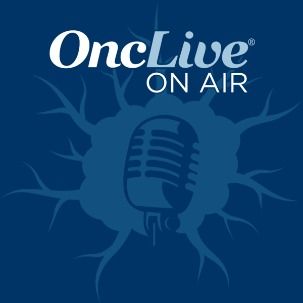Video
Dr. Parsa on the Administration of the G-200 Vaccine in GBM
Author(s):
Andrew T. Parsa, MD, PhD, from the University of California, San Francisco, describes the administration of the prophage G-200 for patients with recurrent glioblastoma multiforme.
Andrew T. Parsa, MD, PhD, Associate Professor in Residence of Neurological Surgery, University of California, San Francisco, describes the administration of the prophage G-200 for recurrent glioblastoma multiforme.
A patient does not have to go through leukapheresis, nor receive additional cytokines such as GM-CSF, a common approach for many types of vaccines for brain tumor patients. As a part of standard of care, a patient undergoes surgical resection. That resected tissue is used to make the vaccine. In a majority of cases, patients who have a recurrent glioblastoma can have the vaccine made from surgical resection without an issue.
A physician will administer as many doses as a patient can tolerate with regard to the amount of vaccine, up to six, Parsa says.






%20(2)%201-Recovered-Recovered-Recovered-Recovered-Recovered.jpg?fit=crop&auto=format)

%20(2)%201-Recovered-Recovered-Recovered-Recovered-Recovered.jpg?fit=crop&auto=format)
%20(2)%201-Recovered-Recovered-Recovered-Recovered-Recovered.jpg?fit=crop&auto=format)